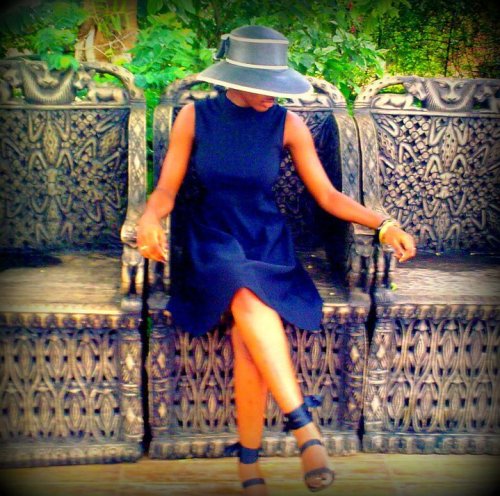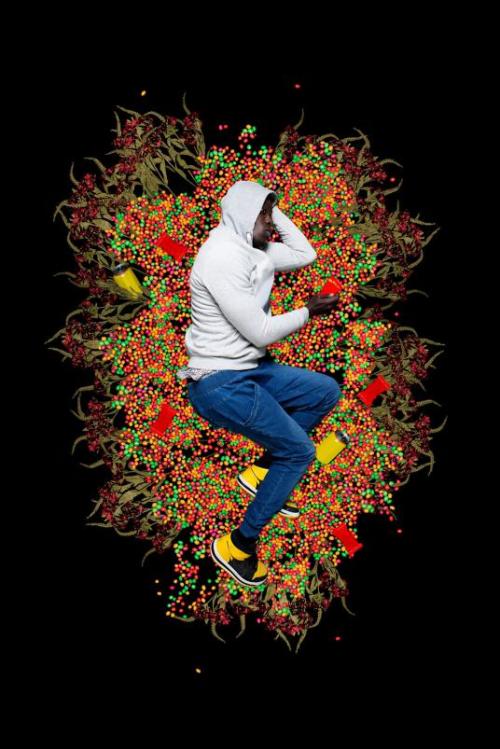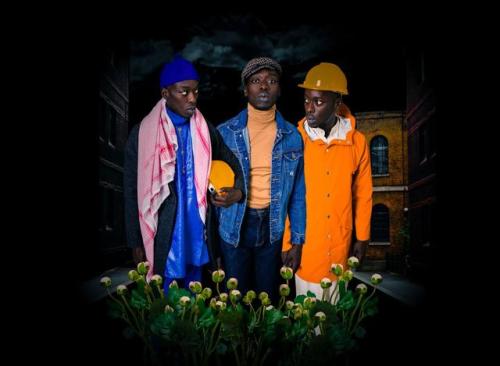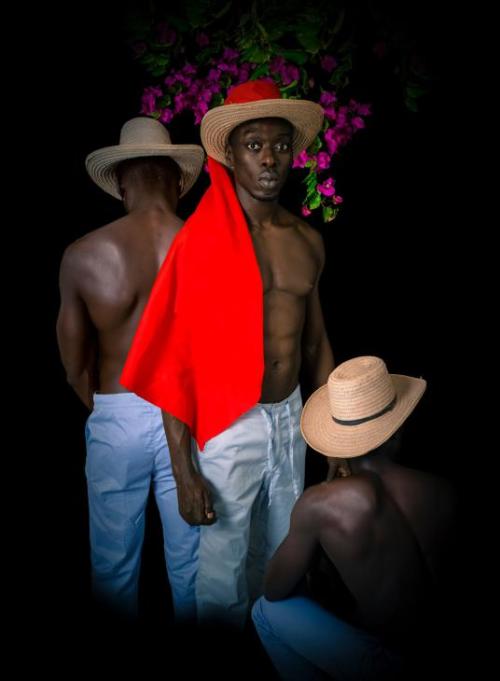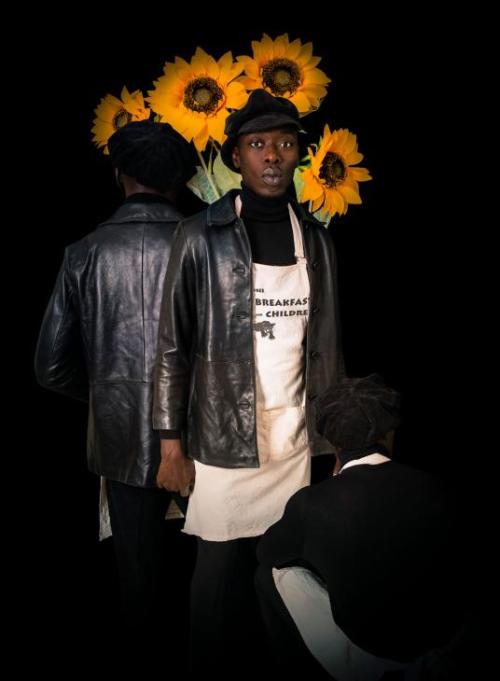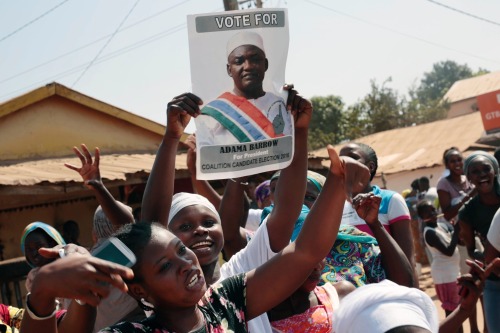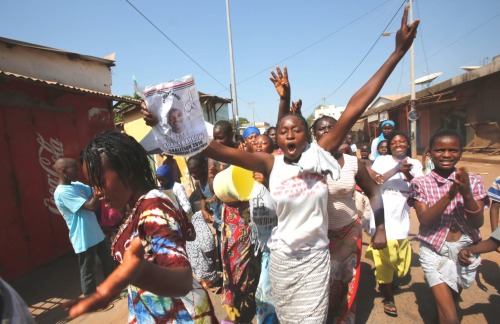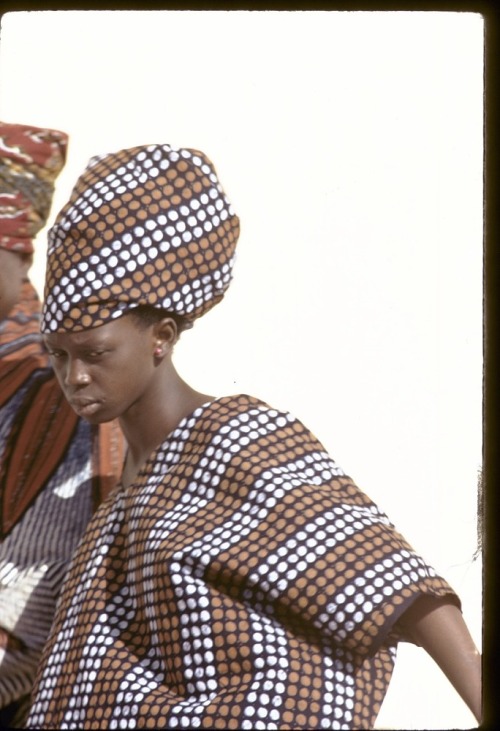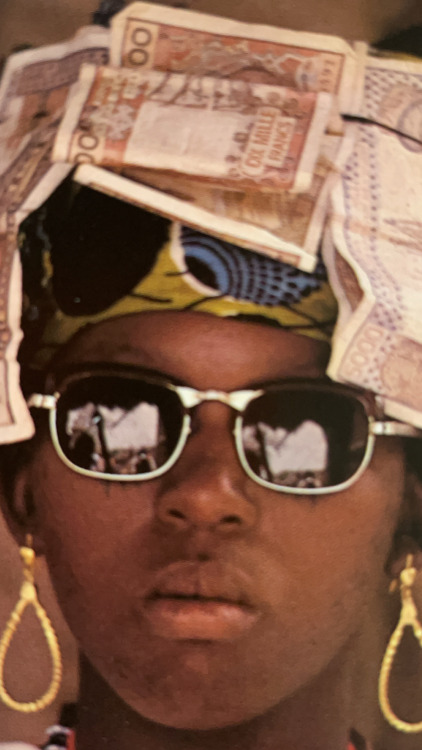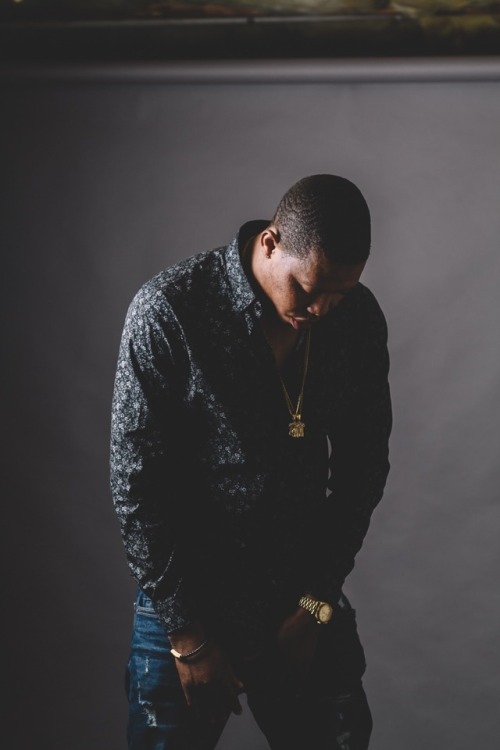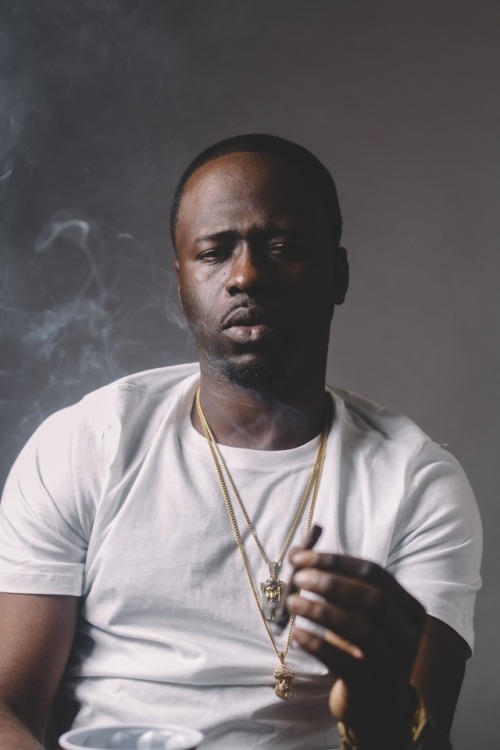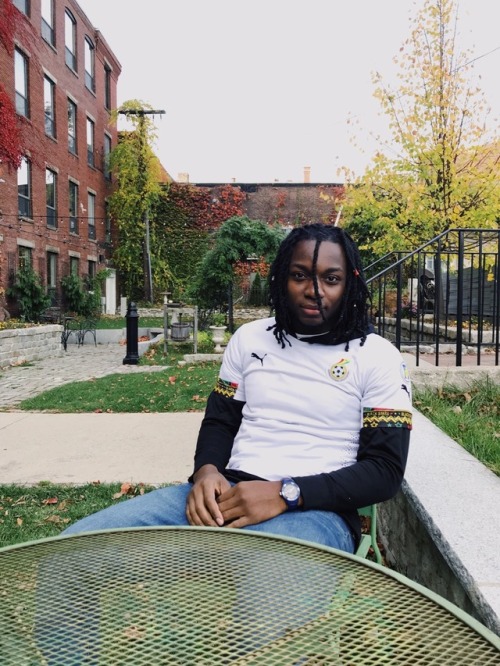#west africa

Gelede mask of the Yoruba people, Nigeria. Now in the Glenbow Museum, Calgary, Alberta, Canada.

Fulani girl, Niger, by John Kelly
New Poison Fashion Design items: Foutatoro Waramba available in whatever size needed. Exhibiting unique Fulani indigo tie & dye technique and sewn into a waramba perfect for all occasions. Dress it up, dress it down, by itself or with leggings. This tunic also comes with a customized handmade belt for an added price. Starting price for the Foutatoro Waramba is $45.
Get poisoned.
Post link
Omar Victor Diop, b. 1980
Liberty: Universal Chronology of Black Protest
Thiaroye, 1944
Trayvon Martin, 2012
Alin Sitoe Diatta, 1944
Sonacotra, 1974
Dutty Boukman, 1791
The Free Breakfast Programme, 1945
The Freeman Field Mutiny, 1945
Nanny and Quao, 1720
The Soweto Uprising, 1976
Selma, 1965
Senegal (2016)
[Source], [Source]
IN DEPICTIONS BY Senegalese artist Omar Victor Diop, the black struggle for freedom is as global as the history of protest yet as personal as each protester’s story.
It’s so personal, in fact, that Diop himself plays every male role in the photo series “Liberty,” vignettes he created based on visual and written sources in Africa and the African diaspora. The scenes, set apart by time, geography, and scope, present a vibrant, visual chronology of these consequential events…
Diop composed scenes using multiple images of himself—but “the picture would be far from complete if it didn’t feature female characters,” he says. “Black women played a role as important as their male counterparts’ in the struggle.” His friend Khadija Boye poses as all the women in the series.
From his vantage in Senegal, Diop designed his latest project to draw a parallel “between the chronology of protest movements on the continent and that of similar movements in the diaspora happening at similar time periods.” He did so, he has said, in hopes of “trying to have a more universal reading of the history of black protest, in order to build bridges for a better understanding of the question.”
Post link
Twins Seven Seven, b. 1944, d. 2011
Twins on a giraffe
Nigeria (1976)
Pen and ink and oil on board
[Source]
Wikipediasays:
He was born as Omoba Taiwo Olaniyi Oyewale-Toyeje Oyekale Osuntoki to a father, Aitoyeje, who was a Muslim from Ibadan, and a mother, Mary, who was a Christian from Ogidi. The name by which he became known alludes to the fact that he was the only surviving child of seven sets of twins born to his mother.
Twins Seven-Seven was an itinerant singer and dancer before he began his career as an artist, first attending in 1964 an Mbari Mbayo workshop conducted by Ulli Beier and Georgina Beier in Osogbo, a Yoruba town in southwestern Nigeria. He went on to become one of the best known artists of the Osogbo School.
His work is influenced by traditional Yoruba mythology and culture, and creates a fantastic universe of humans, animals, plants and Yoruba gods. Visually, his work resembles Yoruba carvings in the segmentation, division and repetition of his compositions; conceptually, it reflects this influence in the emphasis on transformation and balance, as well as its embodiment of dualities such as the earthly and the spiritual, past and present, industry and agriculture. Early works such as Dreams of the Abiku Child (1967) make allusion to concepts or figures in Yoruba cosmology and mythology, such as the abiku (devil child), and the orisha Osun. However, Twins Seven Seven also described his work as “contemporary Yoruba traditional art,” not only paying homage to the influence of his cultural background but also to noting his responsiveness to current events and the postcolonial experience.
Post link
Celebrations are taking place in Gambia as opposition candidate Adama Barrow defeated President Yahya Jammeh.
Jammeh ruled for 22yrs.
Post link
This is the third and last edition of Overland Trip I Want To Take- explaining theoretical road trips that I’ve recently planned out. The series was inspired by a trip I’m currently planning, but generally I always fantasize about crazy journeys while I have free time. Hopefully in the next few years I’ll take one or more of these and then be able to post about the actual trip!
You can find the other two tours here:
Part 1 (South America)
Part 2 (Eastern Europe)
Western Africa
If I had a choice (and all the money and all the time and guaranteed safety) this is the tour that I would take. West Africa is one of the few parts of the world left for me to explore and so I’m eager to learn about it, see its people, experience its culture, and visit its sites. That said, there are a few reasons why I haven’t made the trip and why it might be hard to do. These reasons are: language, safety, and cost/time.
- Language: Most countries in West Africa are French + local language speaking. I don’t speak French. What actually bothers me with French is that I can understand so much of it because I speak (conversationally) Spanish and Italian. So when I hear French I have a natural impulse to listen to try to figure it out. Usually though, I can’t, and that is frustrating. This would be easy to overcome by having a French-speaking travel companion. I’ll keep it in mind.
- Safety:Though I generally think I travel smart and am thus not too worried about security threats, this is a bit of a volatile part of the world, I don’t have too many contacts there, and again, not knowing the language adds another risk.
- Cost / Time: I put these two together because they’re very dependent on one another- the longer you travel, the more it costs. Traveling overland in West Africa takes a long time because of inefficient roads, lots of borders, and also because cities are so close, the buses stop more often. The itinerary below would take, I imagine, a couple months. Furthermore, though food and hotels generally aren’t too expensive (7 West African countries are on the list of 20 poorest in the world), there is one big expense: visas. Each of the 15 countries in the circular tour below require a visa, with an average cost between them at more than $100- it’s close to $2000! Furthermore, these aren’t visas on arrival- these are visas where you have to go to an embassy beforehand and apply, have a waiting period, etc. Because many of these are small and generally poor nations, there aren’t many embassies around. The best process would be to start in one of the bigger nations in the region (i.e Senegal, Ghana, or Nigeria) and apply from there.
All of this together makes the trip a little bit of a tough sell. Splitting it up into two or three trips would probably make more sense. Either way, it would be important to start somewhere for a couple weeks where you could apply for the other visas, have the money and time to endure all the waiting and bureaucracy, and likely have a French speaker. Because of this, I’ve cut the itinerary up into three parts (red, yellow, and pink) and added the blue as ways they could, theoretically be combined.

Lagos to Abidjan
This would be the easiest section for me to do as English is widely spoken in both Ghana and Nigeria, most of these countries are rather safe, and the road connections are quite straight-forward. The trip could start in Lagos, Nigeria- Sub-Saharan Africa’s largest and one of the fastest growing cities. Nigeria, thanks to oil, has been quickly developing in the recent past, and is now seen as one of the main centers for business in Africa. The route from Lagos to the next locations, the two narrow countries of Togo and Benin, would be quick, only a few hours between each main point all the way to Accra, Ghana. Ghana is the country in West Africa I most want to visit, as I have many friends from high school there and it is famous for its old British colonial forts and a wonderfully preserved jungle. The final jaunt on this section would be a half day trip from Ghana to the Ivory Coast (or Cote d'Ivoire) and its fascinating capital- Abidjan. The second largest city in West Africa, Abidjan has an interesting developmental history as it has somewhat shrunk from past economic and political heights in the past 20 or so years. Supposedly it still holds the charm of a once regional center that is trying to fight its way back.
Monrovia to Dakar
This route would likely be easier (visa wise) starting in Dakar. Either way, this will be a complicated path as the countries here are more of the unknown and tense ones in the region / world. Though Liberia and Sierra Leone both being English-speaking may be useful, they both have long and somewhat recent histories of violence. In many ways this actually makes the nations safer, as disarmament has taken place and people are trying to get over their painful past. Liberia would be great to see as it was actually founded by freed black slave from the USA and it’s capital, Monrovia is named after James Monroe. Moving up North would be the two Guineas: Guinea and Guinea-Bissau. Guinea supposedly has next to no transport infrastructure, so that could a be a harrowing journey trying to navigate through the rather large and diverse nation, but hopefully there would be a way to have some experiences there and then make it to Guinea-Bissau, one of the few Portuguese-speaking countries in Africa (the others being Angola, Mozambique, Sao Tome and Principe, and Cape Verde). The final stretch would be through the tiny nation of Gambia, another English speaking nation, and then on to Dakar, Senegal. Along with Accra, Dakar is the city I most want to see in West Africa, one Christmas a Senegalese friend of mine from boarding school came to spend the holidays with my family, she cooked one night and if what she made then was any indication of what I’d eat in Dakar, I’d go just for the food! Another incentive is that one of my advisors from university works heavily in Senegal and so I’m sure I could talk to some inspiring individuals there.
Nouakchott to Niamey
This part of the trip is really exciting to me because it is through the land that combines French West Africa with the Arab North Africa, though in a much more “untouched” way than people might think of in Morocco, for example. Being a desert region also remind me of my current home, Abu Dhabi, and so it could be eye-opening to see how others (less gaudy than the Gulfis) live in this harsh terrain. Though some might find this section crazy because of the three insanely long (24-50hr) bus rides that would be required, anyone who has read this blog for a while knows my strange obsession with long bus rides, especially in Africa. In fact, the buses might be the highlight of the trip, as much of the things to do in these countries is admire the landscape. The first bus from Nouakchott, Mauritania to Bamako would be the longest, with stories of 2-3 days including breakdowns… From Bamako, Mali it would be great to go up and visit Timbuktu, but currently rebel factions have a hold of it and travel in the North is not advised- hopefully that would change. The next two buses, from Bamako to Ouagadougou (pronounced Waa-gaa-doo-goo) and then onward to Niamey, Niger, would entirely cross Burkina Faso- going from the lush Volta region, through to the Arid west. The final stop, Niamey, is a low lying desert city with a nice river that (along with the mosques) are the main point of interaction. Though the cities along the way may be less than stellar, I think this section would be full of things to learn and reflect on: the identity of Islam in Africa, political economy of landlocked nations, and lots of introspection on those long rides.
So there you have it! A crazy tour through West Africa. If anyone wants to fund it (trip cost + salary deduction for missed time), speaks French, and is a good companion- let me know!
Bonus Trip: In each of the three parts, I’ve included a bonus trip that I haven’t thought through very much at all, but would still like to take. Todays bonus is- The Caucuses and Central Asia. This would be a two part, really requiring a flight in the middle, but a nice jaunt around Azerbaijan, Georgia, and Armenia and then a trip through a few of the stans: Uzbekistan, Tajikistan, Turkmenistan (the three most prominently on my list) would be really mind blowing since I hardly know ANYTHING about the culture in any of these locations.
What does Ebola actually do?
By Kelly Servick, 13 August 2014 || Science/AAAS | NewsBehind the unprecedented Ebola outbreak in West Africa lies a species with an incredible power to overtake its host.
Zaire ebolavirus and the family of filoviruses to which it belongs owe their virulence to mechanisms that first disarm the immune response and then dismantle the vascular system.
The virus progresses so quickly that researchers have struggled to tease out the precise sequence of events, particularly in the midst of an outbreak. Much is still unknown, including the role of some of the seven proteins that the virus’s RNA makes by hijacking the machinery of host cells and the type of immune response necessary to defeat the virus before it spreads throughout the body. But researchers can test how the live virus attacks different cells in culture and can observe the disease’s progression in nonhuman primates—a nearly identical model to humans.
Continue reading to find out some of the basic things we understand about how Ebola and humans interact …
IMAGE: The Ebola virus THOMAS W. GEISBERT
Post link







